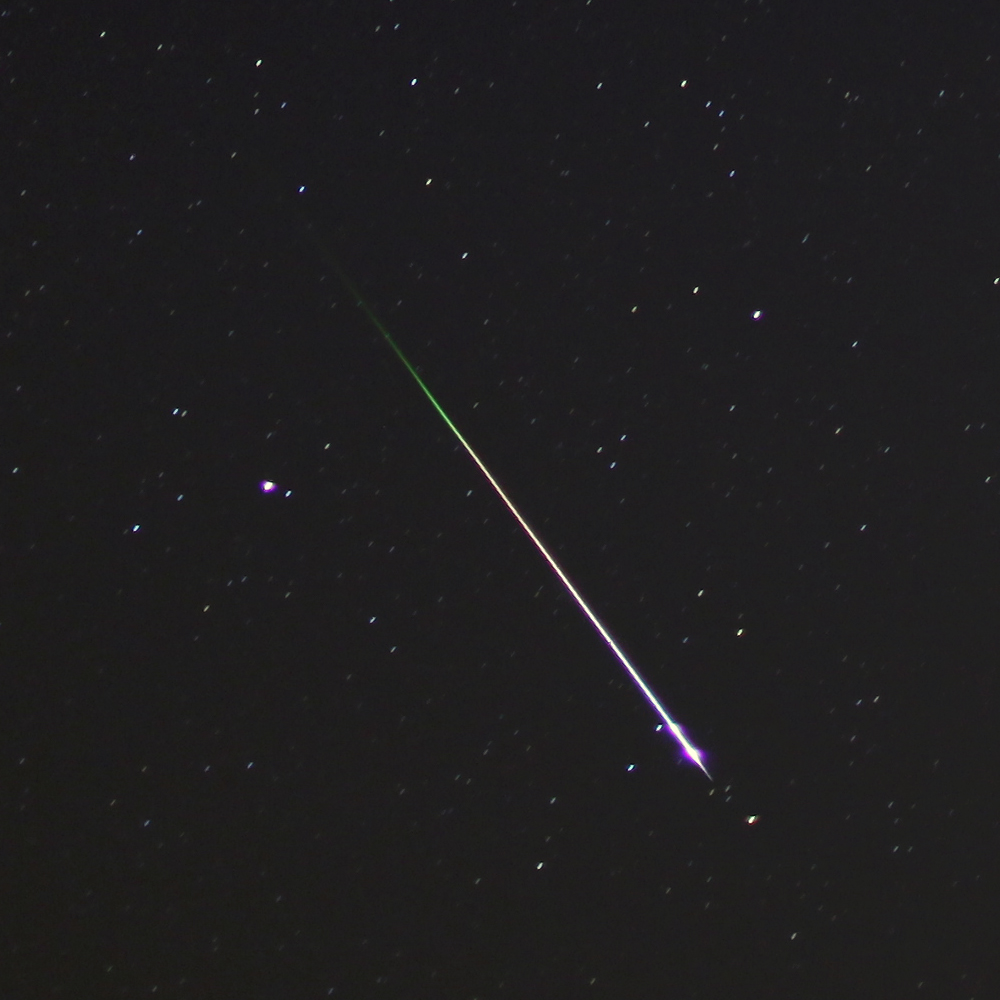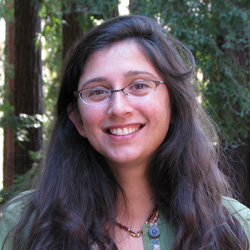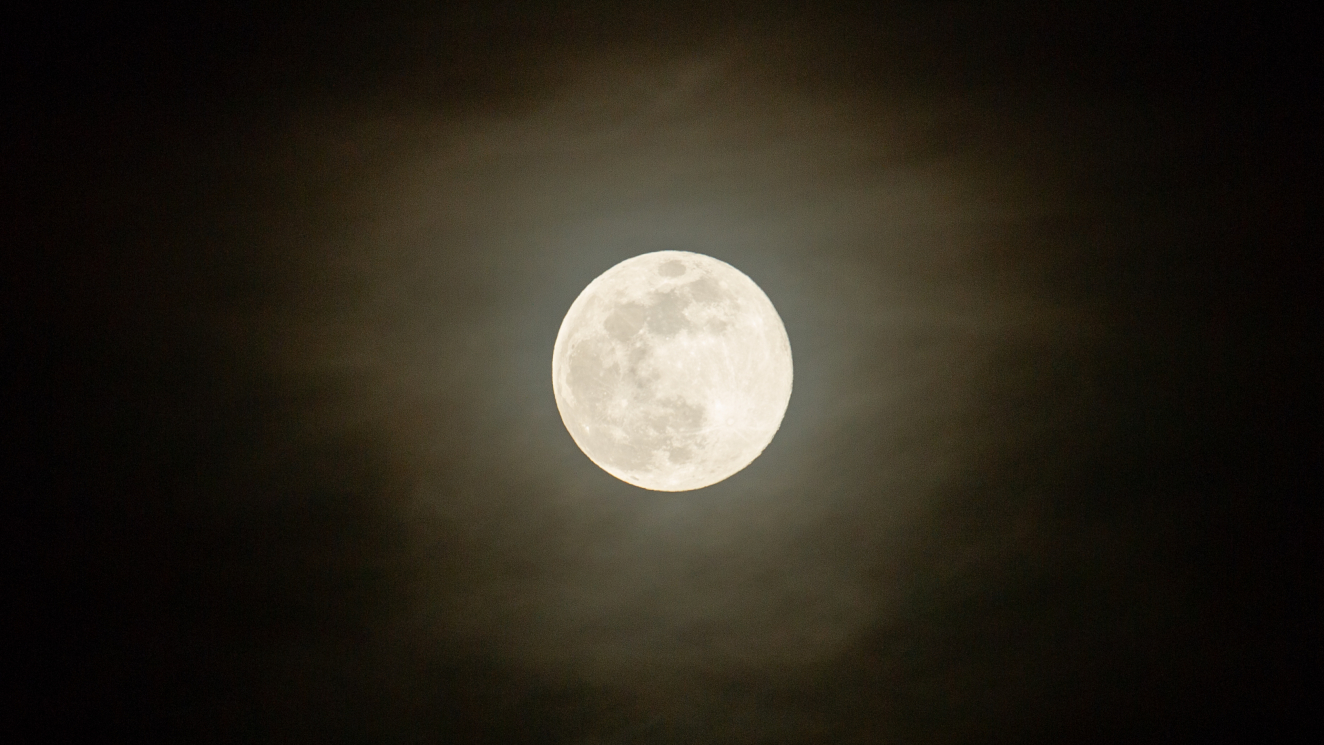See the Leonid Meteor Shower Peak Tonight in NASA Webcast

The annual Leonid meteor shower will be at its best tonight, but don't fret if cloudy skies ruin your view: NASA will webcast the celestial fireworks show live online.
The Leonid meteor shower will peak overnight Saturday and early Sunday (Nov. 16 and 17) and is typically one of the most dependable meteor displays of the year. Astronomers at NASA's Marshall Space Flight Center will provide a live views of the night sky over Huntsville, Ala., beginning at nightfall.
You can watch the Leonid meteor shower webcast here, courtesy of NASA MSFC. This year, the bright moon may interfere with the meteor display, scientists say. [Gallery: Most Amazing Leonid Shower Photos]
"Unfortunately the full moon in the sky will likely wash out all but the very brightest Leonids," NASA officials explained in a skywatching guide. "Meteor rates, normally 10-20 per hour, are predicted to be less than 10 per hour. The shower should be visible from any populated area on the planet with clear dark skies, though Northern Hemisphere observers are favored due to the radiant's location in the constellation Leo."
The 2013 Leonid meteor shower doesn't require a telescope to view, though a dark sky without city lights will make for better viewing.
"For optimal viewing, find an open sky because Leonid meteors can appear in any part of it," they added in a statement. "Lie on the ground and look straight up into the dark sky. Again, it is important to be far away from artificial lights. Your eyes can take up to 30 minutes to adjust to the darkness, so allow plenty of time for your eyes to dark-adapt."
NASA's webcast is one of two online Leonid viewing events this weekend. On Sunday, the online community telescope Slooh will host a webcast double feature to stream live views of the Leonids and the potentially dazzling Comet ISON, which is now visible in the pre-dawn sky to the unaided eye.
Breaking space news, the latest updates on rocket launches, skywatching events and more!
The Slooh Leonid webcast will begin Sunday night at 8 p.m. EST (0100 Nov. 18 GMT) and last 45 minutes. The Comet ISON webcast will begin at 9 p.m. EST (0200 GMT). You can also watch both webcasts via Slooh's iPad app and at the website Slooh.com.
The meteor shower, which is made of rocky bits of debris from the Comet Tempel-Tuttle, peaks every year in November. The icy comet is circling the sun and is slowly being melted by the sun's heat. It reaches the solar system once every 33 years and its long, slow disintegration has left a rocky trail millions of miles wide and hundreds of millions of miles long.
"We can predict when Earth will cross a debris stream with pretty good accuracy," NASA astronomer Bill Cooke said in a statement. "The intensity of the display is less certain, though, because we don't know how much debris is in each stream."
Some of that rocky trail drifts into Earth's orbit every November. When the comet debris collides with Earth's atmosphere, about 50 miles to 80 miles (80 to 130 km) above the planet, the rocks are vaporized in a flash and fireballs seem to be exploding out of the constellation Leo, leaving bluish white, glowing trails in their wake.
Every 33 years, the Leonid shower is truly breathtaking, with more than 1,000 meteors lighting up the sky per hour, NASA officials said.. Unfortunately, that display won't happen again until 2034, they added.
Editor's note: If you and snap an amazing photo of the Leonid meteor shower and would like to share it with SPACE.com for a possible story or image gallery, send images, comments and location information to managing editor Tariq Malik at spacephotos@space.com.
To watch NASA's Leonid meteor shower feed directly from MSFC, visit: http://www.ustream.tv/channel/nasa-msfc
Follow Tia Ghose on Twitter and Google+. Follow us @Spacedotcom, Facebook and Google+. Original article on SPACE.com.

Tia is the assistant managing editor and was previously a senior writer for Live Science, a Space.com sister site. Her work has appeared in Scientific American, Wired.com and other outlets. She holds a master's degree in bioengineering from the University of Washington, a graduate certificate in science writing from UC Santa Cruz and a bachelor's degree in mechanical engineering from the University of Texas at Austin. Tia was part of a team at the Milwaukee Journal Sentinel that published the Empty Cradles series on preterm births, which won multiple awards, including the 2012 Casey Medal for Meritorious Journalism.
![Learn why famous meteor showers like the Perseids and Leonids occur every year [See the Full Infographic Here].](https://cdn.mos.cms.futurecdn.net/VDWEKQFLr8yuXkTL4YkHqj.jpg)

